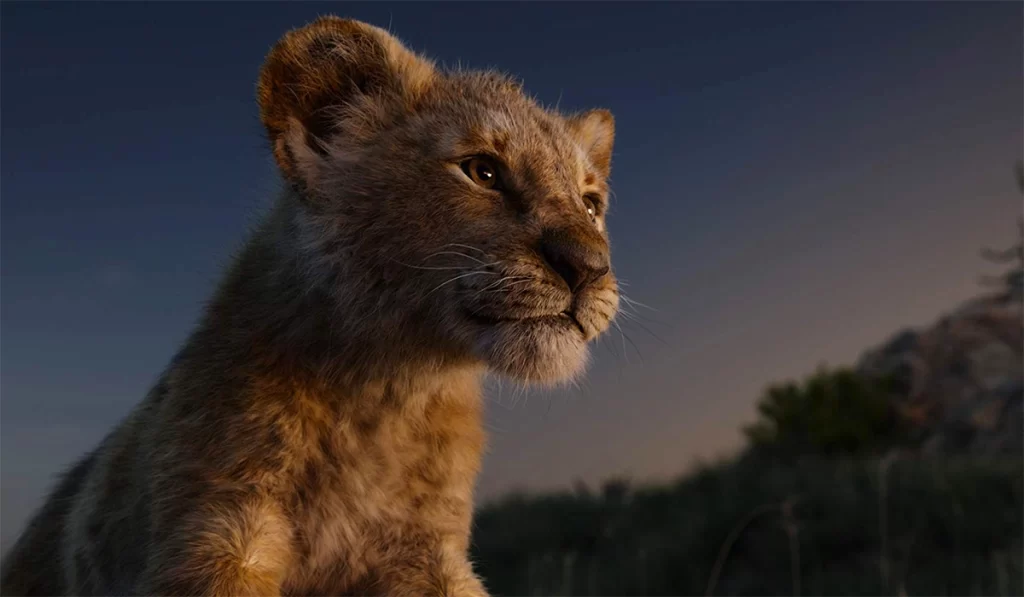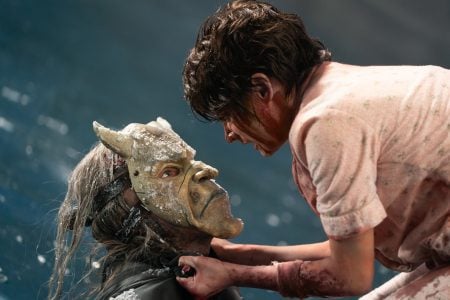Did you know that the breathtaking visuals in blockbuster films like Avengers: Endgame and The Lion King (2019) are brought to life by intricate networks of computers known as render farms?
These technological powerhouses process millions of frames, transforming creative visions into the dazzling cinematic experiences that define modern geek culture.
From Iron Man’s gleaming armor to the sweeping landscapes of Simba’s kingdom, CGI has become a cornerstone of contemporary storytelling. Yet, behind the scenes, render farms work tirelessly to meet the immense computational demands of such productions. This article explores what render farms are, their vital role in creating iconic media, and their potential to shape the future of visual storytelling.
What Are Render Farms and Why Do They Matter in CGI?
A render farm is a network of high-performance computers dedicated to rendering CGI, a process where raw 3D models, textures, and animations are transformed into finished visuals. Rendering is the final step in production, where every element—light, shadow, and texture—is calculated to produce the polished frames seen on screen.
Rendering a single frame of a movie can take hours, even on advanced computers. Given that a feature-length film requires 24 frames per second, this process could take years on a single machine. Render farms solve this problem by distributing the workload across hundreds or thousands of computers, drastically reducing rendering times. This efficiency makes it possible for filmmakers to meet tight production schedules and bring complex CGI visions to life.
The Role of Render Farms in Geek Culture’s Favorite Media
Superhero films rely heavily on CGI, making render farms indispensable. In Avengers: Endgame, the final battle sequence features hundreds of characters, each meticulously detailed with lifelike textures and animations. The Hulk, for instance, required advanced simulations to capture the subtle nuances of his skin, muscles, and expressions. Similarly, the glowing portals and explosive energy effects in Doctor Strange were made possible through render farms processing hours of intricate visual data.
Fantasy films also owe much of their immersive quality to render farms. In The Lion King (2019), every frame was entirely computer-generated, from the soft fur on the characters to the wind-swept savannahs. The level of realism achieved in this photorealistic reimagining was unprecedented, with render farms playing a critical role in achieving the complexity and detail required for each shot.
In science fiction, render farms have pushed the boundaries of what is visually possible. James Cameron’s Avatar set a new standard for CGI, with its lush alien landscapes and realistic Na’vi characters. Pandora’s glowing, bioluminescent forests and dynamic weather effects were the result of extensive computations. Similarly, Gravity employed render farms to create a hyper-realistic depiction of space, blending live-action footage with CGI to achieve seamless, immersive visuals.
Challenges Creators Face Without Render Farms
Producing high-quality CGI without the power of a render farm poses significant challenges. Rendering times become prohibitively slow, with individual workstations taking weeks or even months to complete complex scenes. For studios with tight deadlines, this bottleneck can delay production and inflate costs.
Maintaining in-house hardware capable of handling large-scale rendering is another hurdle. The upfront cost of purchasing and maintaining high-performance equipment is often out of reach for smaller studios or independent creators. Beyond financial constraints, creators are also limited creatively. Without sufficient computational power, filmmakers and animators may be forced to simplify their visions, compromising on texture quality, lighting complexity, or scene detail.
How Render Farms Empower Independent Creators
Render farms have democratized the CGI landscape, enabling smaller studios and independent creators to produce visuals on par with major Hollywood productions. Cloud-based services, in particular, allow creators to access powerful render farms remotely, paying only for the computational resources they use. This flexibility eliminates the need for costly hardware investments while ensuring that even the most ambitious projects can be realized.
Independent filmmakers have used render farms to produce cinematic-quality short films for platforms like YouTube and Netflix. For example, sci-fi shorts featuring high-detail spacecraft or alien worlds have captivated audiences with their Hollywood-level production values. Indie game developers have also leveraged render farms to create cutscenes and trailers with stunning detail, rivaling the visual fidelity of AAA studios.
Modern render farm services, such as GarageFarm.NET and RebusFarm, streamline the rendering process with user-friendly interfaces and seamless integration with software like Blender, Maya, and 3ds Max. This accessibility has made high-quality rendering more affordable and practical for creators at every level of expertise.
The Future of Render Farms in Geek Culture
The future of render farms is as dynamic as the media they help create. Advances in artificial intelligence are revolutionizing the rendering process, enabling faster computations and smarter resource allocation. AI-assisted rendering tools are capable of predicting and optimizing frame calculations, dramatically reducing render times without sacrificing quality.
Cloud-based render farms are continuing to break down barriers, providing creators worldwide with access to cutting-edge computational power. As internet connectivity improves, cloud rendering is becoming more scalable, allowing teams in remote locations to collaborate on high-profile projects.
Sustainability is also emerging as a priority for render farms. Many data centers are adopting renewable energy sources to reduce their environmental impact. Solar-powered facilities and energy-efficient hardware are paving the way for a greener future in digital production.
Conclusion
Render farms are the unsung heroes behind the cinematic and gaming masterpieces that define geek culture. From the intricate battles of Avengers: Endgame to the lifelike savannahs of The Lion King, these technological marvels enable creators to push the boundaries of visual storytelling.
As render farms evolve, their role in empowering both large-scale productions and indie creators will only grow. The next time you marvel at a stunning CGI sequence or immerse yourself in a richly detailed game, remember the computational effort that made it possible. For aspiring creators, the accessibility of modern render farms offers an unprecedented opportunity to bring bold visions to life. Whether you’re a fan or a filmmaker, render farms are the key to unlocking the limitless potential of digital artistry.
Tyler Harrison is a huge horror movie fan always on the hunt for the next big scare. His reviews offer deep insights into classic slashers and the latest releases, exploring themes and innovative techniques. Tyler’s passion for horror makes his perspective essential for any enthusiast.






![‘Frankenstein’ Review – Guillermo del Toro’s Definitive Look At The Nature And Nurture Of Monstrosity [TIFF 2025] ‘Frankenstein’ Review – Guillermo del Toro’s Definitive Look At The Nature And Nurture Of Monstrosity [TIFF 2025]](https://cdn.geekvibesnation.com/wp-media-folder-geek-vibes-nation/wp-content/uploads/2025/10/Frankenstein-175_PF_20240430_20377_R-300x200.jpg)